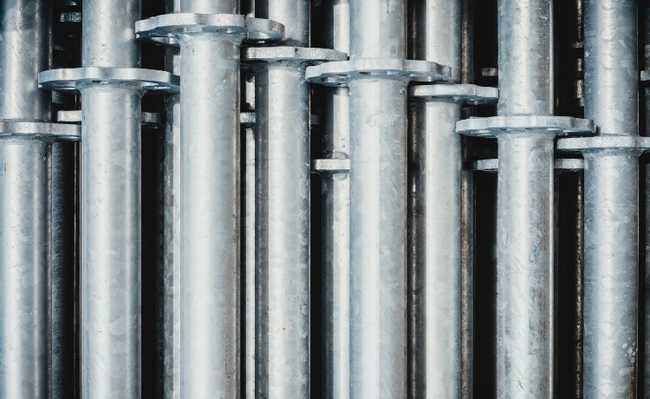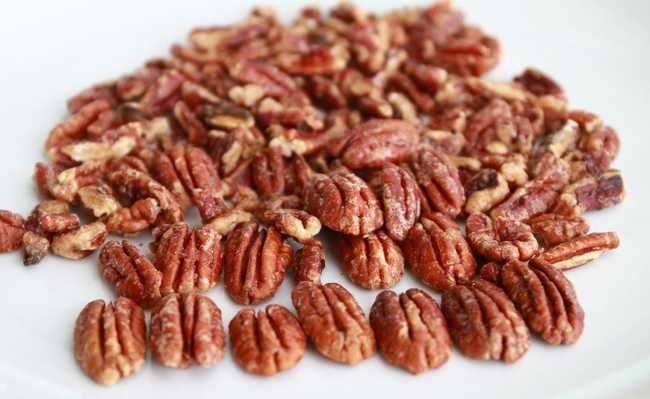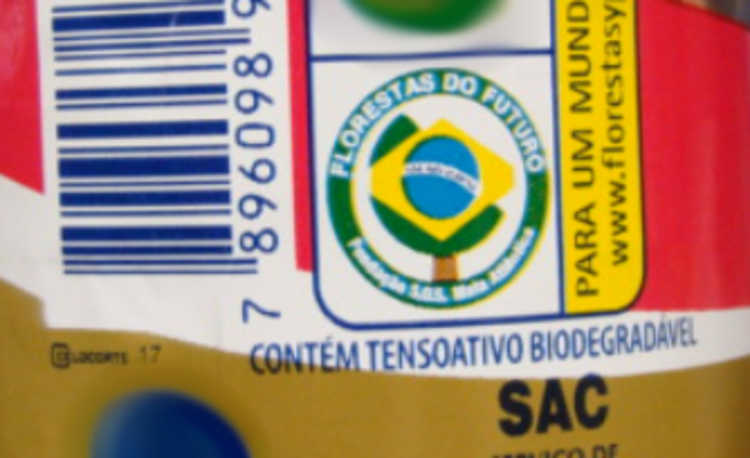what is biodegradation
Biodegradation is the process of disintegration of materials carried out by decomposing microorganisms

Edited and resized image by Del Barrett is available on Unsplash
Biodegradation is the process of disintegration of materials carried out by bacteria, fungi and other organisms. The term was first used in 1961 to describe the decomposition of materials composed of carbon, hydrogen and oxygen.
Biodegradation is essential for the maintenance of life on earth, as it allows the formation of humus, which returns nutrients to plants, regulates populations of microorganisms and makes soils fertile.
Without biodegradation, the formation of humus would be unfeasible, and nutrients would be eternally trapped in organisms, and could not be naturally recycled, making life impossible on the planet as we know it.
- Humus: what it is and what are its functions for the soil
Microorganisms perform biodegradation to use chemical substances in cellular respiration and in the formation of amino acids, tissues and new organisms.
In addition to contributing to the recycling of nutrients, biodegradation helps to eliminate contaminants of organic origin such as feces, detergent, paper, hydrocarbons, etc; it can occur through aerobic degradation (with the presence of oxygen) or anaerobic degradation (without oxygen).
The term is often used in biomedicine, waste management, ecology and bioremediation and is associated with ecologically sound products capable of decomposing back into natural elements.
But it's important not to confuse biodegradation with composting. When something is biodegradable it just means that it can be consumed by micro-organisms. Composting, on the other hand, is the transformation of organic matter into a stable material, rich in humus and mineral nutrients; with superior physical, chemical and biological attributes (under the agronomic aspect) than those found in the original raw material.
- What is compost and how to make it
- PAHs: what are polycyclic aromatic hydrocarbons and their effects
- Ascarel: do you know what PCBs are?
Among the contaminants that can be biodegraded by microorganisms are oils (hydrocarbons), polycyclic aromatic hydrocarbons (PAHs), polychlorinated biphenyls (PCBs), pharmaceutical substances, among others.
Factors Affecting Biodegradation
In practice, almost all chemical compounds and materials are subject to biodegradation. However, the importance lies in the time demanded by each type of material. Factors such as water, light, temperature and oxygen interfere in the process.
Biodegradability can be measured in a number of ways. Respirometry tests, for example, can be used for aerobic microbes. For this, oxygen is added to a mixture of solid waste with micro-organisms and soil. Over several days, as the microorganisms digest, carbon dioxide is released, the amount of which emitted serves as an indicator of degradation. Biodegradation can also be measured by anaerobic microbes and the amount of methane or alloy they are able to produce. In formal scientific literature, the process is called bioremediation.
| Products | time to biodegrade |
|---|---|
| Paper towel | 2 to 4 weeks |
| Newspaper | 6 weeks |
| apple core | 2 months |
| Cardboard box | 2 months |
| Wax coated milk carton | 3 months |
| Cotton gloves | 1 to 5 months |
| wool gloves | 1 year |
| plywood | 1 to 3 years |
| painted wood | 13 years |
| Plastic bags | 10 to 20 years |
| Cans | 50 years |
| Disposable diapers | 50 to 100 years |
| Plastic bottle | 100 years |
| Aluminum cans | 200 years |
Biodegradation of different types of plastic
Each type of plastic biodegrades within a specified period. PVC plastic, for example, biodegrades very slowly, which is why it is even used in sewage pipes.
Some packaging plastics, on the other hand, are being developed to biodegrade more easily. Examples of this are PLA plastic, bacterial and corn plastic, tomato peel packaging, among other examples you can see in the article: "Biodegradable packaging: advantages, disadvantages and examples".
However, it is noteworthy that even with the ability to biodegrade, ideal conditions are often necessary for composting to occur. The term "composting" is often used informally to describe the biodegradation of packaging materials. There are legal definitions for compostability, the process that leads to compost. Four criteria are offered by the European Union:
- Chemical composition: volatile matter and heavy metals as well as fluorine should be limited.
- Biodegradability: the conversion of over 90% of the original material to CO2, water and minerals by biological processes within six months.
- Disintegration: at least 90% of the original mass must be decomposed into particles capable of passing through a 2x2 mm sieve.
- Quality: absence of toxic substances and other substances that prevent composting.
Does Biodegradable Waste Pay?
Widespread adoption of products labeled "biodegradable" will not necessarily significantly reduce the volume of waste that enters the ocean or the physical and chemical hazards they pose, particularly in the case of plastic.
The report “Biodegradable Plastics and Marine Waste. Misconceptions, Concerns and Impacts on Marine Environments" demonstrated that complete biodegradation of plastics occurs under conditions that are rarely, if ever, observed in marine environments, with some plastics requiring industrial composters and prolonged temperatures above 50°C to disintegrate. also evidence to suggest that products labeled as biodegradable increase the public's propensity to dispose of garbage in inappropriate locations.










